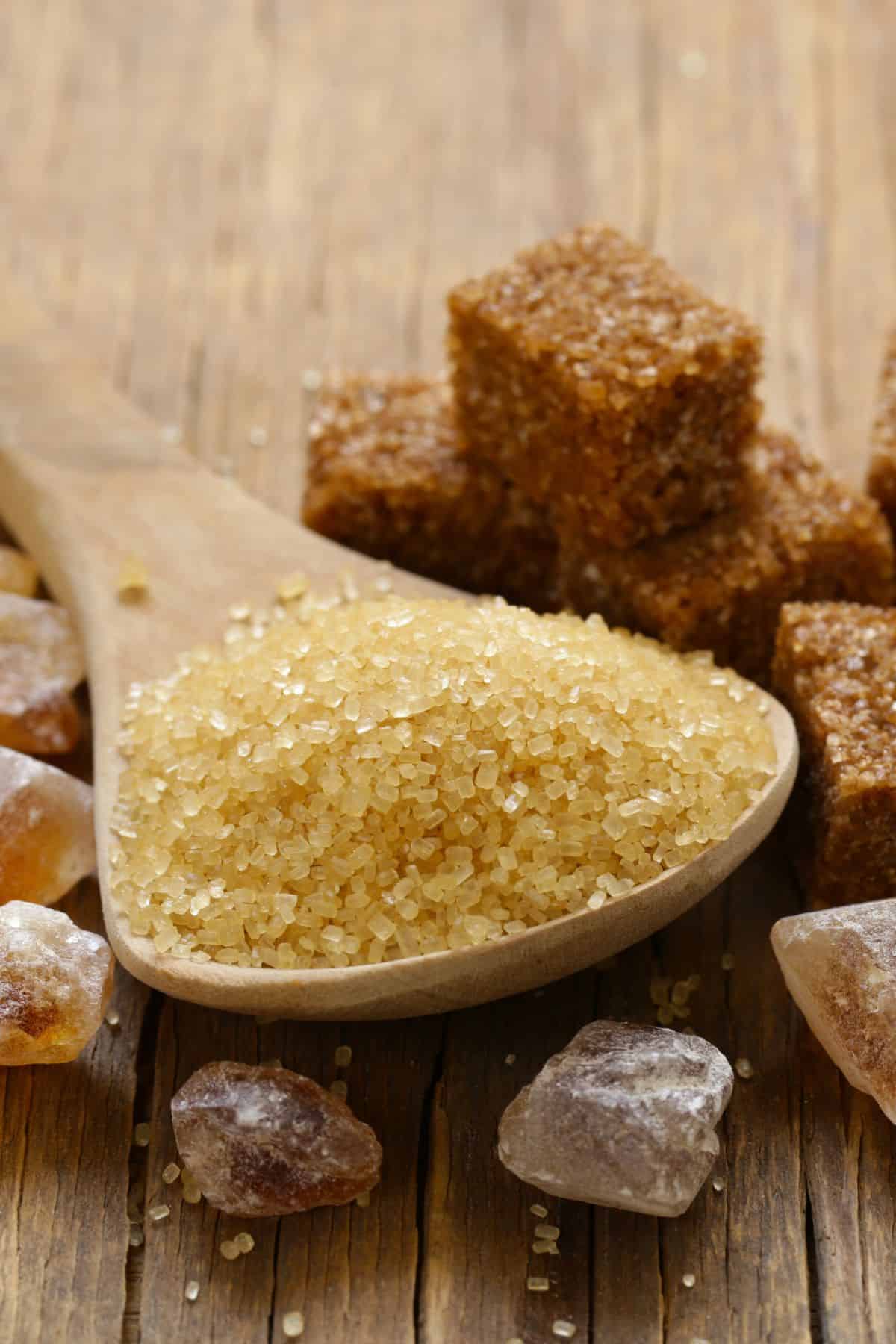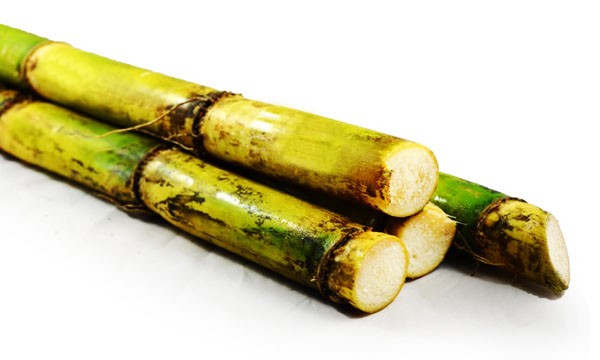Cane Sugar Processing: Key Technologies for Superior Sugar Manufacturing
Cane Sugar Processing: Key Technologies for Superior Sugar Manufacturing
Blog Article
Discovering the Comprehensive Steps Involved in Cane Sugar Processing From Gathering to Refinement
The procedure of walking stick sugar manufacturing includes a series of elaborate steps, starting with the careful harvesting of sugarcane and finishing in the refinement stages that make sure the last item satisfies industry requirements. Each stage, from the extraction of juice to the filtration and formation processes, plays a crucial function in identifying the quality and character of the sugar.
Harvesting Sugarcane
Gathering sugarcane is an important action in the walking cane sugar processing chain, as it directly affects the quality and yield of the end product. Appropriate timing and strategies are crucial throughout this phase to ensure ideal sugar web content and reduce losses. Typically, sugarcane is collected when it reaches maturation, usually 12 to 18 months after growing, characterized by a high sucrose focus.

Post-harvest, the sugarcane should be processed swiftly to stop sucrose destruction. Preferably, harvested walking cane should be moved to refining centers within 24 hr to preserve sugar top quality. Consequently, efficient logistical planning is important to maintain the stability of the collected plant throughout the supply chain.
Extraction Refine

The smashed walking stick is subjected to a collection of pushing operations to take full advantage of juice healing. Normally, warm water is splashed onto the crushed walking stick, developing a countercurrent flow that assists liquify the sugar while also assisting in the removal procedure. The juice accumulated from this operation has not only sugar however also different organic substances and impurities.

To enhance removal efficiency, some centers may use diffusion methods, where the sugarcane is taken in warm water, permitting the soluble sugars to diffuse right into the liquid. The resulting juice, abundant in sucrose, is after that guided to subsequent handling phases, laying the foundation for filtration and refinement. The extraction procedure is therefore critical in figuring out the top quality and return of the final sugar product.
Purification Strategies
The purification methods used in walking stick sugar handling are necessary for changing the raw juice into a high-grade sugar item. These methods largely aim to remove pollutants, such as dirt, plant materials, and not natural compounds, which can adversely influence the final item's taste and shade.
One of one of the most usual filtration methods is information. This procedure involves adding lime and warmth to the raw juice, which promotes my response the coagulation of impurities. The resulting precipitate is then removed through sedimentation or purification, yielding a more clear juice. In addition, the use of phosphoric acid can improve the explanation procedure by further binding impurities.
One more considerable method is carbonatation, where co2 is presented to the cleared up juice. This reaction generates calcium carbonate, which catches staying impurities and advertises their elimination.
Additionally, activated carbon therapy may be used to adsorb any remaining colorants and natural impurities, making visit site certain a much more polished product. The mix of these techniques properly prepares the sugar juice for succeeding actions in the refining process, establishing the stage for the manufacturing of top quality cane sugar.
Crystallization Approaches
After the filtration stage, the next important action in walking cane sugar handling includes condensation approaches, which play a critical duty in changing the cleared up juice right into strong sugar. This process typically uses 2 primary approaches: spontaneous crystallization and controlled formation.
In spontaneous crystallization, supersaturated sugar solutions are allowed to cool normally, leading to the development of sugar crystals over time. This approach enables for the uniform development of sugar crystals and greater pureness.
During condensation, the clarified juice is concentrated through evaporation, boosting its sugar content until it gets to supersaturation. When this factor is accomplished, either approach can facilitate the condensation procedure. Cane Sugar Processing. The resultant sugar crystals are then divided from the remaining syrup through centrifugation
Ultimately, the selection of condensation method affects the quality, size, and purity of the last sugar product, making this action vital in the total cane sugar handling treatment.
Improvement and Packaging
How can the purity and top quality of walking stick sugar be better enhanced after condensation? The improvement procedure plays an important duty in achieving high-quality cane sugar.
Following, the sugar undergoes a procedure called centrifugation, where it is spun at high speeds to divide the cleansed sugar crystals from the continuing to be liquid. After centrifugation, the sugar is typically more refined via a method called carbonization or phosphatation, which uses triggered carbon website here or phosphoric acid to remove color and off-flavors.
Once improved, the sugar is dried out to attain the desired wetness material, ensuring that it continues to be steady during storage and transportation. The last step involves packaging the polished sugar in moisture-proof and airtight containers to preserve its top quality and protect against contamination. Cane Sugar Processing. Appropriate product packaging not only expands rack life yet likewise promotes very easy handling and distribution, making sure that customers get sugar that fulfills the highest requirements of pureness and high quality
Conclusion
The thorough actions involved in walking cane sugar handling, from the careful harvesting of sugarcane to the elaborate improvement and product packaging phases, emphasize the significance of each phase in guaranteeing top notch sugar manufacturing. Ideal harvesting strategies, reliable removal approaches, and rigorous purification procedures collectively add to the end product's pureness and security. The condensation and succeeding product packaging practices better boost the honesty and service life of the sugar, highlighting the intricacy and precision inherent in this important agricultural sector.
The process of walking stick sugar production includes a series of elaborate actions, beginning with the mindful harvesting of sugarcane and finishing in the improvement stages that make certain the last product fulfills market standards. Preferably, gathered walking stick must be transported to refining centers within 24 hours to maintain sugar quality.In spontaneous condensation, supersaturated sugar remedies are permitted to cool normally, leading to the development of sugar crystals over time - Cane Sugar Processing. The refinement procedure plays a crucial function in accomplishing premium walking cane sugar.The extensive steps included in cane sugar handling, from the thorough harvesting of sugarcane to the detailed refinement and product packaging stages, highlight the importance of each phase in making certain high-grade sugar manufacturing
Report this page